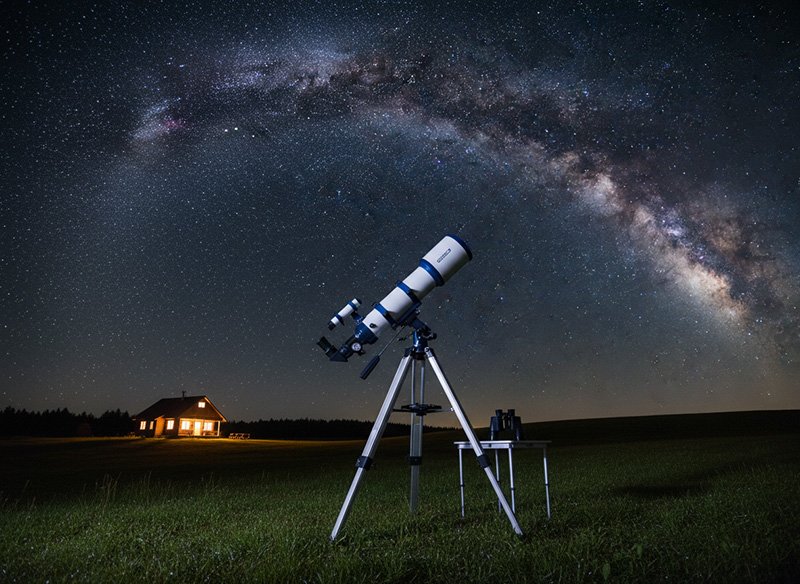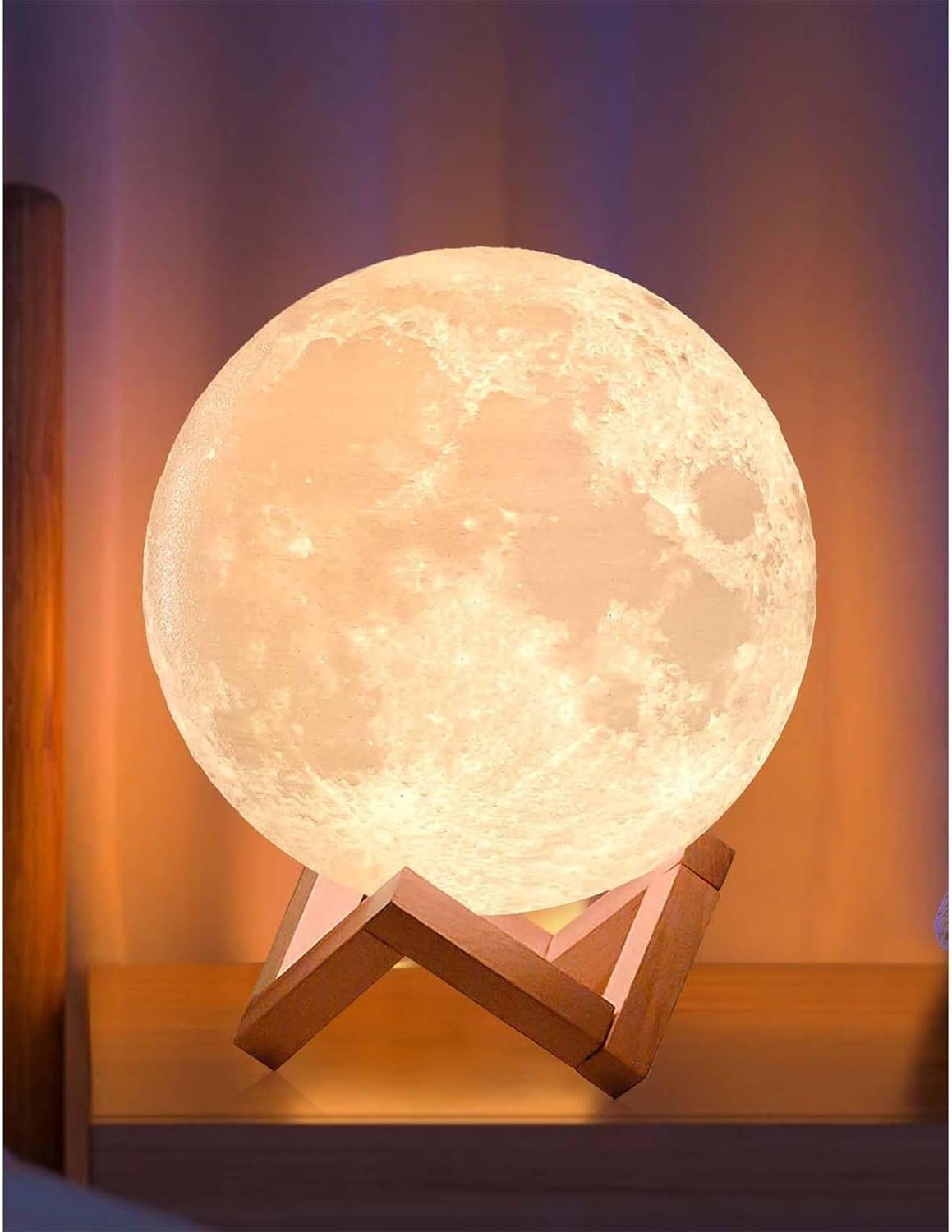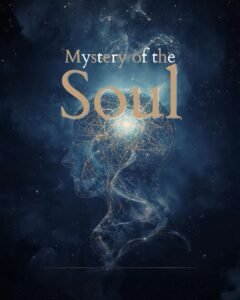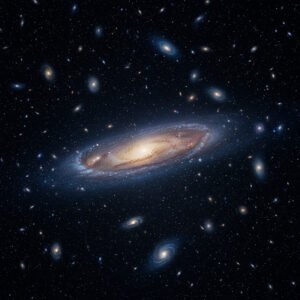Panspermia is a fascinating theory that suggests life on Earth may have originated from microorganisms or chemical precursors of life that arrived from outer space. The idea of panspermia has been around for centuries, with ancient Greek philosophers such as Anaxagoras and Democritus proposing the concept that “seeds” of life could be transported through space. In the 19th century, the idea gained traction with the discovery of microorganisms in extreme environments on Earth, leading scientists to speculate about the possibility of life existing elsewhere in the universe. Panspermia gained renewed interest in the 20th century with the discovery of organic molecules in space and the realization that microorganisms can survive in extreme conditions. The theory has sparked intense debate among scientists and continues to be a topic of research and exploration in the field of astrobiology.
Panspermia theory can be divided into two main categories: lithopanspermia and radiopanspermia. Lithopanspermia suggests that life could be transported on rocks or meteoroids from one planet to another, while radiopanspermia proposes that life could be transported through space on radiation pressure from stars. Both of these mechanisms raise intriguing questions about the potential for microorganisms to survive in space and the implications for the search for extraterrestrial life. As we continue to explore the cosmos and study the origins of life, panspermia theory remains a captivating and thought-provoking concept that challenges our understanding of life’s place in the universe.
Key Takeaways
- Panspermia theory suggests that life could have originated from microorganisms transported through space.
- Microorganisms have the potential to survive in space due to their ability to withstand extreme conditions.
- Microorganisms could travel through space on meteoroids, comets, or spacecraft, increasing the likelihood of panspermia.
- Panspermia theory has implications for our understanding of the origins of life on Earth and the potential for life on other planets.
- The search for extraterrestrial life includes studying the possibility of panspermia and looking for signs of microbial life on other planets.
The Potential for Microorganisms to Survive in Space
The potential for microorganisms to survive in space is a topic of great interest and debate among scientists. Studies have shown that certain microorganisms, known as extremophiles, are capable of surviving in extreme conditions on Earth, such as high radiation, extreme temperatures, and low pressure. These findings have led researchers to speculate about the possibility of microorganisms surviving in the harsh environment of outer space. One key factor that contributes to the potential survival of microorganisms in space is their ability to form spores, a dormant state that allows them to withstand extreme conditions. Spores have been found to survive in simulated space conditions, suggesting that they could potentially endure the journey through space and arrive on another planet or moon.
Furthermore, recent experiments conducted on the International Space Station have demonstrated that certain microorganisms can survive and even thrive in the microgravity environment of space. This has significant implications for panspermia theory, as it suggests that microorganisms could potentially travel through space and survive long enough to colonize another celestial body. Understanding the potential for microorganisms to survive in space is crucial for our exploration of other planets and moons, as it raises the possibility of finding extraterrestrial life or its precursors beyond Earth. As we continue to study extremophiles and their resilience in extreme environments, we gain valuable insights into the potential for life to exist elsewhere in the universe.
How Microorganisms Could Travel Through Space
The question of how microorganisms could travel through space is a complex and intriguing aspect of panspermia theory. One proposed mechanism for the transport of microorganisms through space is through impact ejecta. When a celestial body such as a planet or moon is struck by a meteoroid or asteroid, material from the impact site can be ejected into space at high velocities. If this material contains microorganisms, it could potentially be propelled through space and travel to another celestial body where it could potentially survive and colonize. This mechanism, known as lithopanspermia, raises questions about the potential for life to be transferred between planets within our own solar system and even between different star systems.
Another proposed mechanism for the transport of microorganisms through space is through radiation pressure from stars. This concept, known as radiopanspermia, suggests that microorganisms could be carried on dust particles or within comets and travel through space propelled by radiation pressure from stars. The intense radiation from stars can exert enough force on these particles to propel them through space at high velocities, potentially allowing them to travel between different star systems. Both of these mechanisms raise intriguing possibilities for how life or its precursors could be transported through space, challenging our understanding of the origins and distribution of life in the universe.
Implications for Panspermia Theory
The implications of panspermia theory are far-reaching and have significant implications for our understanding of the origins and distribution of life in the universe. If panspermia is indeed a viable mechanism for the transport of life or its precursors through space, it raises the possibility that life could exist beyond Earth on other planets or moons within our own solar system or even on exoplanets orbiting other stars. This has profound implications for our search for extraterrestrial life and our understanding of the potential habitability of other celestial bodies.
Furthermore, panspermia theory challenges our traditional views on the origins of life on Earth. If life did not originate on Earth but was instead transported here from elsewhere in the universe, it raises questions about the fundamental nature of life and its potential ubiquity in the cosmos. This has profound implications for our understanding of our place in the universe and our relationship to other potential forms of life that may exist beyond Earth. As we continue to explore and study the cosmos, panspermia theory remains a captivating and thought-provoking concept that challenges our understanding of life’s origins and its potential existence beyond our home planet.
The Search for Extraterrestrial Life
The search for extraterrestrial life is a fundamental question that has captivated humanity for centuries. Panspermia theory has significant implications for this search, as it raises the possibility that life or its precursors could exist beyond Earth and potentially be found on other planets or moons within our own solar system or even on exoplanets orbiting other stars. The discovery of microbial life beyond Earth would have profound implications for our understanding of the origins and distribution of life in the universe and would revolutionize our perspectives on our place in the cosmos.
In recent years, significant advancements have been made in our search for extraterrestrial life, with missions such as NASA’s Mars rovers and upcoming missions to moons such as Europa and Enceladus aiming to explore potentially habitable environments beyond Earth. These missions are equipped with instruments designed to search for signs of past or present microbial life, such as biosignatures or biomarkers that could indicate the presence of living organisms. Additionally, advancements in telescopic technology have allowed astronomers to detect exoplanets orbiting other stars and study their potential habitability, bringing us closer to identifying potentially habitable worlds where extraterrestrial life could exist. As we continue to explore and study the cosmos, the search for extraterrestrial life remains a central focus of scientific inquiry with profound implications for our understanding of life’s place in the universe.
Challenges of Studying Microorganisms in Space

Studying microorganisms in space presents numerous challenges due to the unique environment and conditions found beyond Earth’s atmosphere. Microgravity, cosmic radiation, extreme temperatures, and vacuum are just a few of the factors that can impact microbial growth and behavior in space. Understanding how microorganisms respond to these conditions is crucial for our exploration of panspermia theory and our search for extraterrestrial life.
One challenge of studying microorganisms in space is maintaining their viability during transport and experimentation. Microorganisms are sensitive to environmental changes, and exposure to cosmic radiation or extreme temperatures during transport to space can impact their survival and behavior. Additionally, conducting experiments on microorganisms in a microgravity environment presents technical challenges related to containment, sample manipulation, and data collection. These challenges require innovative solutions and specialized equipment to ensure accurate and reliable results from experiments conducted in space.
Furthermore, studying microorganisms in space requires careful consideration of planetary protection protocols to prevent contamination of other celestial bodies with terrestrial microorganisms. This is particularly important for missions to potentially habitable worlds such as Mars or Europa, where the presence of Earth-based microorganisms could interfere with our ability to detect indigenous extraterrestrial life. Addressing these challenges is crucial for advancing our understanding of panspermia theory and our search for extraterrestrial life beyond Earth.
Future Research and Exploration in Panspermia Theory
The future of research and exploration in panspermia theory holds great promise for advancing our understanding of life’s origins and its potential existence beyond Earth. Continued advancements in astrobiology, planetary science, and space exploration will provide new opportunities to study the potential transport of microorganisms through space and their survival on other celestial bodies. Missions to Mars, Europa, Enceladus, and other potentially habitable worlds will play a crucial role in advancing our understanding of panspermia theory by searching for signs of past or present microbial life.
Additionally, advancements in telescopic technology and exoplanet research will continue to expand our knowledge of potentially habitable worlds beyond our solar system where extraterrestrial life could exist. The upcoming launch of next-generation telescopes such as the James Webb Space Telescope will provide unprecedented capabilities for studying exoplanet atmospheres and searching for biosignatures that could indicate the presence of extraterrestrial life.
Furthermore, continued research on extremophiles and their resilience in extreme environments will provide valuable insights into the potential survival of microorganisms in space and their ability to colonize other celestial bodies. By addressing these challenges and pursuing innovative research initiatives, we can advance our understanding of panspermia theory and its implications for the search for extraterrestrial life.
In conclusion, panspermia theory remains a captivating concept that challenges our understanding of life’s origins and its potential existence beyond Earth. The potential for microorganisms to survive in space, travel through space, and colonize other celestial bodies raises profound questions about the origins and distribution of life in the universe. As we continue to explore and study the cosmos, research and exploration in panspermia theory hold great promise for advancing our understanding of life’s place in the universe and our search for extraterrestrial life beyond Earth.
If you’re interested in the possibility of microorganisms surviving in space and its implications for the panspermia theory, you might want to check out the article “The Search for Extraterrestrial Life” on The Universe Episodes website. This article delves into the ongoing research and discoveries related to the potential for life beyond Earth, including the possibility of microorganisms existing in space and the implications for the panspermia theory. It’s a fascinating read for anyone intrigued by the idea of life existing elsewhere in the universe.
FAQs
What is panspermia theory?
Panspermia theory is the hypothesis that life exists throughout the universe and is distributed by space dust, meteoroids, asteroids, comets, planetoids, and also by spacecraft in the form of unintended contamination by microorganisms.
Could microorganisms survive in space?
Yes, some microorganisms have been shown to survive in the extreme conditions of space, including the vacuum, radiation, and temperature fluctuations. Certain bacteria, fungi, and even some types of tardigrades have demonstrated the ability to survive in space.
What would it mean for panspermia theory if microorganisms could survive in space?
If microorganisms could survive in space, it would support the panspermia theory by suggesting that life could potentially travel between celestial bodies, seeding life in different environments. This would have implications for the origin and distribution of life in the universe.
























